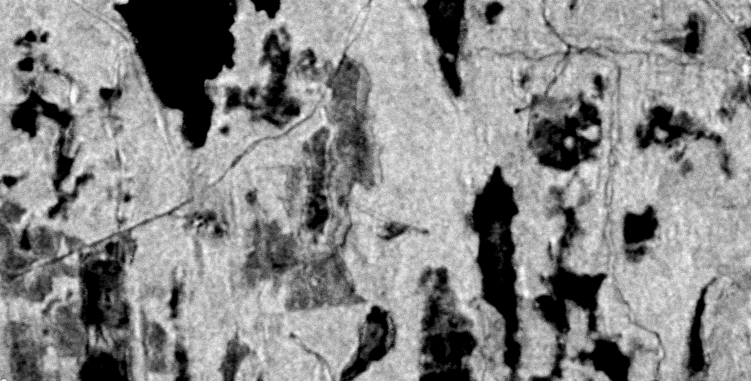Synthetic Aperture Radar (SAR)
SAR is technique to acquire images of a single wavelength, typically from satellites, of sufficient resolution despite using an antenna that should be too small for the application.
SAR is an active technique (compared to passive like optical images) that generates its own source of illumination. The ranges of possible wavelengths (or corresponding frequencies, where f=c/lambda) are divided into so called bands (much like optical data), but in the range of the microwave spectrum. Common SAR bands are X (~3 cm), C (~5 cm), L (~23 cm) and P-band (~0.7 m)
The pixels in SAR images are normally non-squared, and hence possess different resolutions in along- and across-track (range) directions.
Sentinel-1 is an intermediate-resolution C-band SAR sensor that provides free radar data at 5×20 m pixel resolution in the interferometric wide-swath mode. The sensor can operate in different modes and therefore provide data of different resolution where a rule of thumb is
higher resolution=narrower swath width.
SAR sensors can acquire data all-year round and offers sensitivity to both moisture and atmospheric conditions, geometric scattering properties of the target, and they can operate in all weathers (small sensitivity to clouds and rain). The generated data may include backscatter, coherence and phase information for a certain polarization. These can be used for many types of analysis, e.g. to detect forest biomass, glacier movements, subsidence or ice conditions.

Example on S1 backscatter image in VH polarization at 10×10 m pixels
